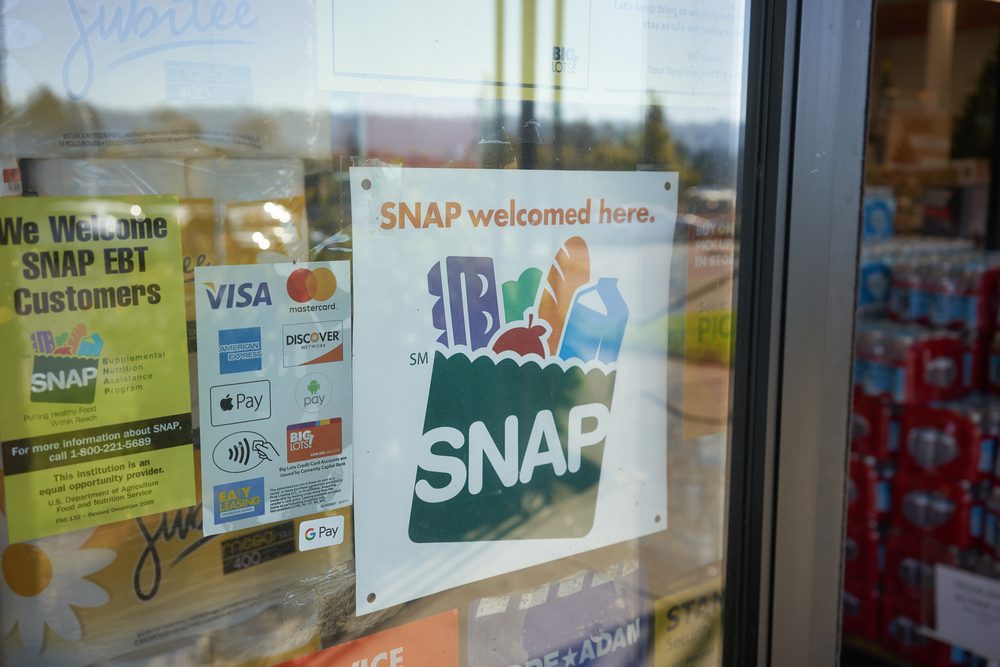
Depending on the month, the roster of those of us living paycheck to paycheck is up a bit or down a bit.
But through the past several years, as tracked by PYMNTS and LendingClub, there’s one constant: Most individuals and households in the U.S. struggle to make ends meet. As disclosed in the most recent report, roughly 62% of consumers live paycheck to paycheck.
Drill down a bit, and the data show that 4.7% of consumers without issues paying bills but who live paycheck to paycheck receive government benefits; 2.2% of those struggling monthly report the same.
As has been widely reported, emergency funding that had been in place from the Supplemental Nutrition Assistance Program (SNAP), set in motion by the pandemic, will be ending in most states. That means that 41 million Americans will see at least $95 less in the monthly family budget that can be allocated to food.
That dollar amount has been estimated by the Center on Budget and Policy Priorities.
Given the fact that the loss of supplemental income will disproportionately impact low-income families and that the PYMNTS/LendingClub data show that 11% of households with less than $50,000 in annual income get at least some form of government aid (which would include the SNAP benefits), we can connect the dots to see that household budgets will see at least some impact. At the same time, food inflation has been running in the double digits.
For the big box merchants — Walmart and others — and discount retailers, the impact could be pronounced. As noted last month in The Wall Street Journal, food stamps have accounted for 10% of dollar store revenues and 20% of supermarket sales in lower-income areas, per data from HSA Consulting. The less money there is to spend on food tied to government benefits, the more likely it is to have an impact on overall spending on groceries. Or consumers will divert money from other areas of spending to make up the difference.
There’s another pressure looming for the paycheck-to-paycheck economy at large. Student loan payments are set to resume 60 days after the Supreme Court’s decision on the Biden administration’s plan for loan forgiveness. Timing is uncertain, but a decision could come at the end of June. Bank of America estimated late last year that the moratorium has resulted in a median monthly savings of $150 per household, which helps boost cash flow — and has noted that per the New York Fed, the share of student loan debt accounts for approximately 10% of total household debt burden. The resumption of those payments would further dent consumers’ budgets.
Tighter budgets then would have the net effect of adding to paycheck-to-paycheck rosters. Savings will not be enough to alleviate any pressure. As reported in February, consumers with issues paying their monthly bills on average carry debt balances of 157% of their available savings — meaning they would still have a balance, even if they drained their savings accounts to pay their debts. Consumers living paycheck to paycheck but who report no issues paying bills are a bit better off, we found — carrying credit card balances equivalent to nearly two-thirds (62%) of their available savings.